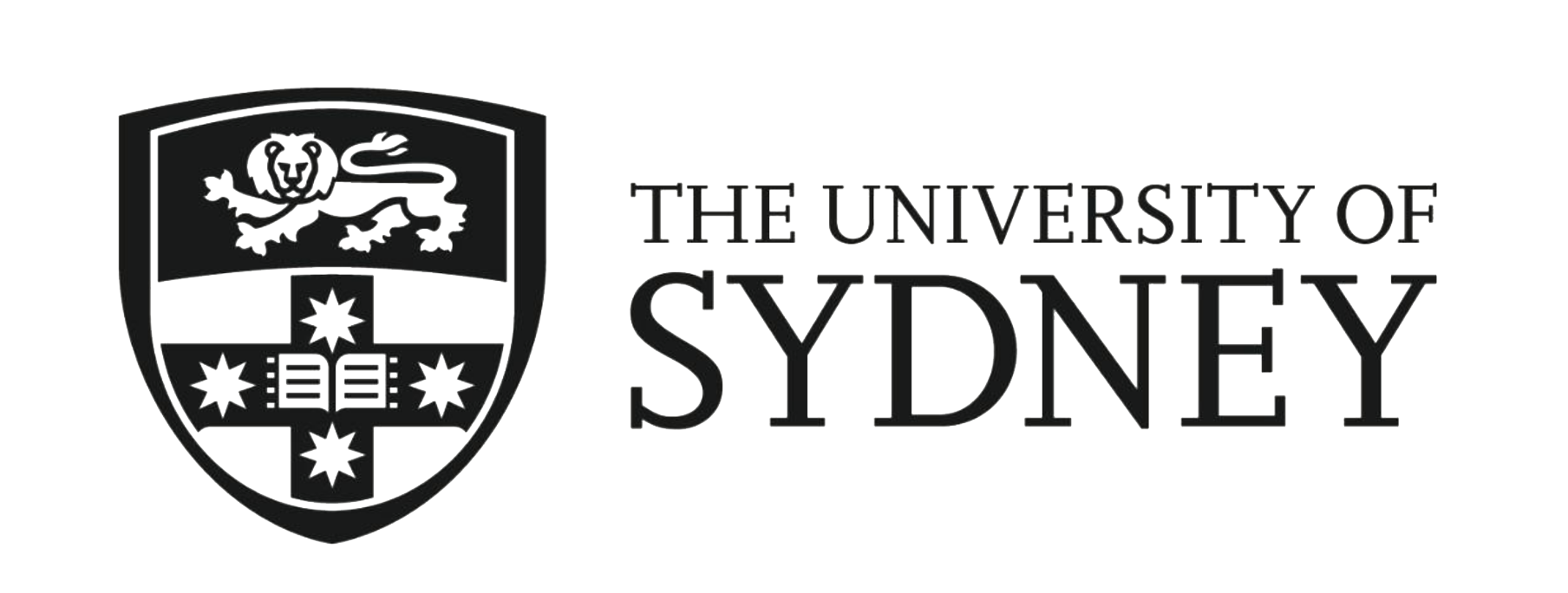 As George Lawson observes in the introduction to Anatomies of Revolution (Cambridge University Press, 2019), there is something elusive about the concept of revolution in the twenty-first century. Revolutions seem to be everywhere and nowhere. Listen to the news and you get the impression that the whole world is convulsing with a revolutionary spirit: ‘revolution’ can be found on the streets of Minneapolis, Hong Kong, Minsk and Khartoum; in the rhetoric of groups from ISIS to Extinction Rebellion; in the potential of technologies to reshape people’s lives or COVID to disrupt them. Yet, at the same time, many seem to think that genuine ‘revolution’ is a thing of the past. It is now a common refrain in public discourse that contemporary revolutions barely register as more than street protests and rarely lead anywhere beyond disruption. Many bemoan the absence of revolutionary projects involving deep confrontation and systemic transformation, as is believed to be the case with, say, the French or the Russian revolutions.
As George Lawson observes in the introduction to Anatomies of Revolution (Cambridge University Press, 2019), there is something elusive about the concept of revolution in the twenty-first century. Revolutions seem to be everywhere and nowhere. Listen to the news and you get the impression that the whole world is convulsing with a revolutionary spirit: ‘revolution’ can be found on the streets of Minneapolis, Hong Kong, Minsk and Khartoum; in the rhetoric of groups from ISIS to Extinction Rebellion; in the potential of technologies to reshape people’s lives or COVID to disrupt them. Yet, at the same time, many seem to think that genuine ‘revolution’ is a thing of the past. It is now a common refrain in public discourse that contemporary revolutions barely register as more than street protests and rarely lead anywhere beyond disruption. Many bemoan the absence of revolutionary projects involving deep confrontation and systemic transformation, as is believed to be the case with, say, the French or the Russian revolutions.
Lawson convincingly argues in Anatomies, however, that seeing revolution in everything or nothing are both problematic positions. The former optimism makes revolution so all-encompassing that it becomes an empty term without substantive content – it’s too loose. The latter nihilism fails to see the enduring appeal of attempts to overturn existing conditions and generate alternative social orders – it’s too complacent. Anatomies of Revolution is already an award-winning classic because it succeeds in providing a much more judicious assessment of the place of revolution in the contemporary world, examining in different contexts how revolutions emerge, how they unfold, and how they end.
Anatomies goes about this task through the construction of a ‘global historical sociology’ of revolutionary change, by combining insights from international theorising with the historical sociology of revolutions. Part One of the book uses multiple episodes of revolutionary change to construct ideal-typical anatomies of revolutionary situations, trajectories, and outcomes. Part Two refines these revolutionary anatomies through a wide range of historical illustrations, from seventeenth century England to twenty-first century Ukraine. Part Three examines revolutions in the contemporary world. Lawson demonstrates that, alongside the singularity of historical experience can be found recurrent causal patterns, i.e. interactive dynamics that shed light on diverse revolutionary episodes. Throughout the book, history and theory are treated not as binaries, but as co-constitutive. Most significantly, Lawson insists on drawing our eye towards how revolutions are shaped by the international dimensions of politics: ‘revolutions are inter-social all the way down’ (p. 9). The result is a book that is careful to historicise revolutionary dynamics but without giving up the ambition also to speak beyond the particular moment. That is a very difficult balance to strike.
Anatomies has already been much applauded for its contribution to scholarship on revolution, and it has already joined a well-pedigreed lineage of ‘revolution’ classics that speak to broader problems in social and political inquiry (including works by other authors in this forum). In this blog post, I want to especially focus on this latter aspect of Anatomies, and highlight the significance of the theoretical and analytical moves that Lawson makes for broader scholarship.
Lawson’s chosen title of Anatomies of Revolution is a deliberate reference to Crane Brinton’s 1938 book Anatomy of Revolution (as explained p.2, fn.2). Brinton of course is associated with the first generation of revolution studies. As was the fashion in social sciences at the time (see e.g. Spengler’s theory of civilisations), Brinton explained revolutions through organic analogies. As Lawson also explains in Chapter 2 of Anatomies, Brinton considered revolutions analogous to fever; if the ‘patient’ survived it, they would be immunised from another for awhile (see also pp. 48-49). In the evolution from Anatomy to Anatomies , then, we gain much more than a couple of extra letters. Lawson’s book simultaneously demonstrates how far the field of revolution studies has come in the intervening century and what can be gained from the marriage of an IR ethos with historical sociology and/or political science, pointing the way forward out of the current malaise and fragmentation of the social sciences.
Anatomies shows that our understanding needs to move away from the one-size-fits-all approach to revolution — ‘revolutions are not a single thing’ (p. 9)— but also from the corrosive methodological nationalism that has permeated the study of revolutions. The organic analogy that was there at the early stages of this field of study as exemplified by Brinton’s Anatomy, e.g. the treatment of the nation or the state as a body that ‘develops a fever’, ‘has cramps’, ‘survives the attack’ etc. inevitably implies both. In such an understanding, the disease may have come from elsewhere but it is inevitably experienced by ‘the body’, and bodies have similar and predictable responses to the same threat, even if the prognosis varies. As I noted above, in the early part of the twentieth century, organic or biological analogies for political bodies were commonplace; they were not found only in the study of revolution. Perhaps because of the association with eugenics and other unsavoury things, by the mid-century social sciences (especially in the US) had shed this type of biological/medicinal jargon and moved onto models emulating harder sciences, coming to favour concepts such as ‘system’ or ‘pressure’ instead.
Nevertheless, a zombie version of the organic model of domestic politics has very much persisted in the background, likely because everyday nationalism animates itself with a similar ontology. The continuous equation of the state/nation/society to a person can be found all over the place, even to this day. Even twentieth century IR theories, for example, almost always took the state as a ‘body’ as both a given and as the starting point for theorising. The only difference between them and their colleagues who worked on domestic dynamics whether in comparative politics or sociology was that they looked ‘up’ or ‘outside’ rather than ‘down’ or ‘across’. They all saw ‘the international’ primarily as a space in which nation-states operated and/or a factor possibly influencing domestic dynamics. (Arguably Marxist and Marxian approaches have been better in this regard, but their influence is limited by the epistemologically closed nature of debates on that corner of the social sciences).
 I am surveying this well-trodden ground to make a simple point: this nineteenth-century organic model of theorising about nation-states has well-outlived its usefulness, even with its more mechanical/computational/engineering oriented twentieth-century updates. If we are to make sense of the twenty-first century with its un-ignorably intersecting, global challenges, we need to rethink how we study the world. That requires going back to the fundamentals to rebuild social sciences from the ground up by denaturalising existing categories, both in how we think about the world and how we study it. That is easier said than done, so very few of us even attempt to do it. That is why criticisms of existing modes of scholarship are much easier to find than actual alternatives that improve upon what they criticise.
I am surveying this well-trodden ground to make a simple point: this nineteenth-century organic model of theorising about nation-states has well-outlived its usefulness, even with its more mechanical/computational/engineering oriented twentieth-century updates. If we are to make sense of the twenty-first century with its un-ignorably intersecting, global challenges, we need to rethink how we study the world. That requires going back to the fundamentals to rebuild social sciences from the ground up by denaturalising existing categories, both in how we think about the world and how we study it. That is easier said than done, so very few of us even attempt to do it. That is why criticisms of existing modes of scholarship are much easier to find than actual alternatives that improve upon what they criticise.
One of the few exceptions, of course, has been the global historical sociology agenda Lawson set (together with Julian Go) in the edited volume, Global Historical Sociology (Cambridge University Press, 2017). But it is in Anatomies of Revolution that Lawson really delivers on the promise of that agenda: the insight he brings to bear via this agenda on a substantively important field of inquiry — revolutions — allows everyone to see concrete proof of the value of the GHS approach. Lawson’s inter-social, historicised and pattern-seeking theoretical framework as developed here can easily travel out of the field of revolution studies to shed light on any other social dynamic. In sum, Anatomies of Revolution sets a compelling example for what social sciences could and should be in the twenty-first century.




Comments